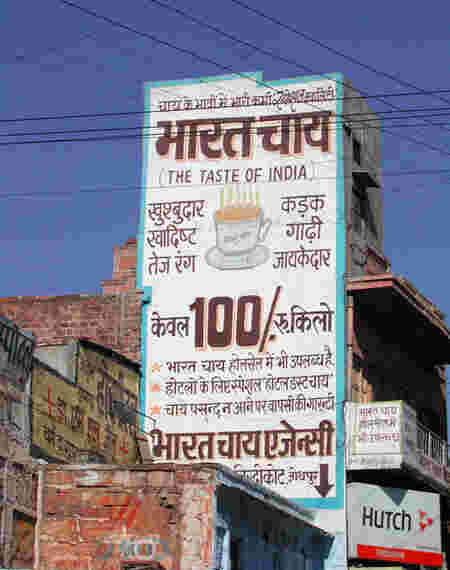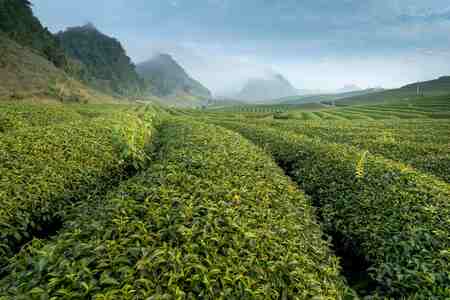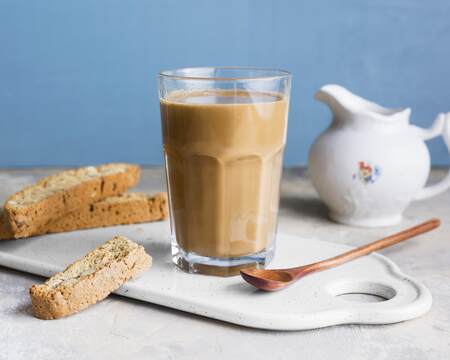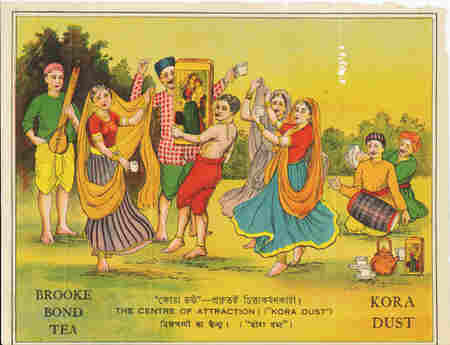Rural folk sing and dance in an advertisement for Brooke Bond ‘Kora Dust’, 1920s-1930s.
Tea has become an integral part of the cultural fabric of India, with millions starting their day with a cup of chai. While the origins of tea are often associated with China, the story of how India transformed into a tea-loving nation is equally intriguing. In this blog, we embark on a journey through time to explore the roots of India’s love affair with tea.
The Early Days:

Tea Garden’, No. 386 in a sample calendar from Empire Calendar Manufacturing Company, Calcutta; ca. 1940s.
Historically, India has been a land of diverse and rich culinary traditions, with a strong preference for beverages like herbal infusions and spiced concoctions. The widespread consumption of tea in India, however, can be traced back to the British colonial era.
British Influence:

A wall-painted advertisement for Bharat Chai, Jodhpur, Rajasthan, 2004.
The British East India Company, with a keen eye on the lucrative tea trade in China, began experimenting with cultivating tea in the hilly regions of Assam. The discovery of indigenous tea plants in Assam in the early 19th century laid the foundation for the tea industry in India.
Commercial Tea Plantations:

Encouraged by the success in Assam, the British expanded tea cultivation to other regions, including Darjeeling and Nilgiri. Large-scale tea plantations were established, and the British introduced the concept of tea estates. The commercial production of tea took off, and India became a significant player in the global tea market.
Customization to Indian Tastes:

To make tea more palatable to the Indian population, accustomed to spiced and flavored beverages, the British adapted the traditional English-style tea. They introduced the concept of adding spices such as ginger, cardamom, and cloves, along with the liberal use of milk and sugar. This fusion of British tea culture with Indian flavors laid the groundwork for what we now know as masala chai.
Masala Chai Revolution:

The true transformation of India into a tea-drinking nation occurred with the popularization of masala chai. The aromatic blend of black tea leaves, spices, and milk became a staple in households across the country. Street vendors, or chaiwalas, made this flavorful brew accessible to everyone, further cementing tea’s place in Indian culture.
Cultural Significance:

Today, tea has transcended its colonial origins and become an integral part of Indian social rituals. It is not just a beverage but a cultural symbol, fostering conversations, connections, and a sense of warmth. From the bustling streets of Mumbai to the serene landscapes of Darjeeling, tea has woven itself into the fabric of daily life.
The story of how India became a tea-drinking nation is a fascinating journey that intertwines colonial history, agricultural innovation, and cultural adaptation. From the hills of Assam to the chai stalls on every street corner, tea has evolved into more than just a drink—it’s a reflection of India’s diverse tastes, traditions, and the ability to embrace and make its own a beverage that initially had roots continents away. The aroma of masala chai wafting through the air is a testament to the enduring legacy of tea in the colorful tapestry of India’s cultural heritage.
Stay tuned to Clue Info for more such updates, and follow us on our social media channels to stay informed about the latest news. Your connection to valuable insights and current Affairs starts here!


